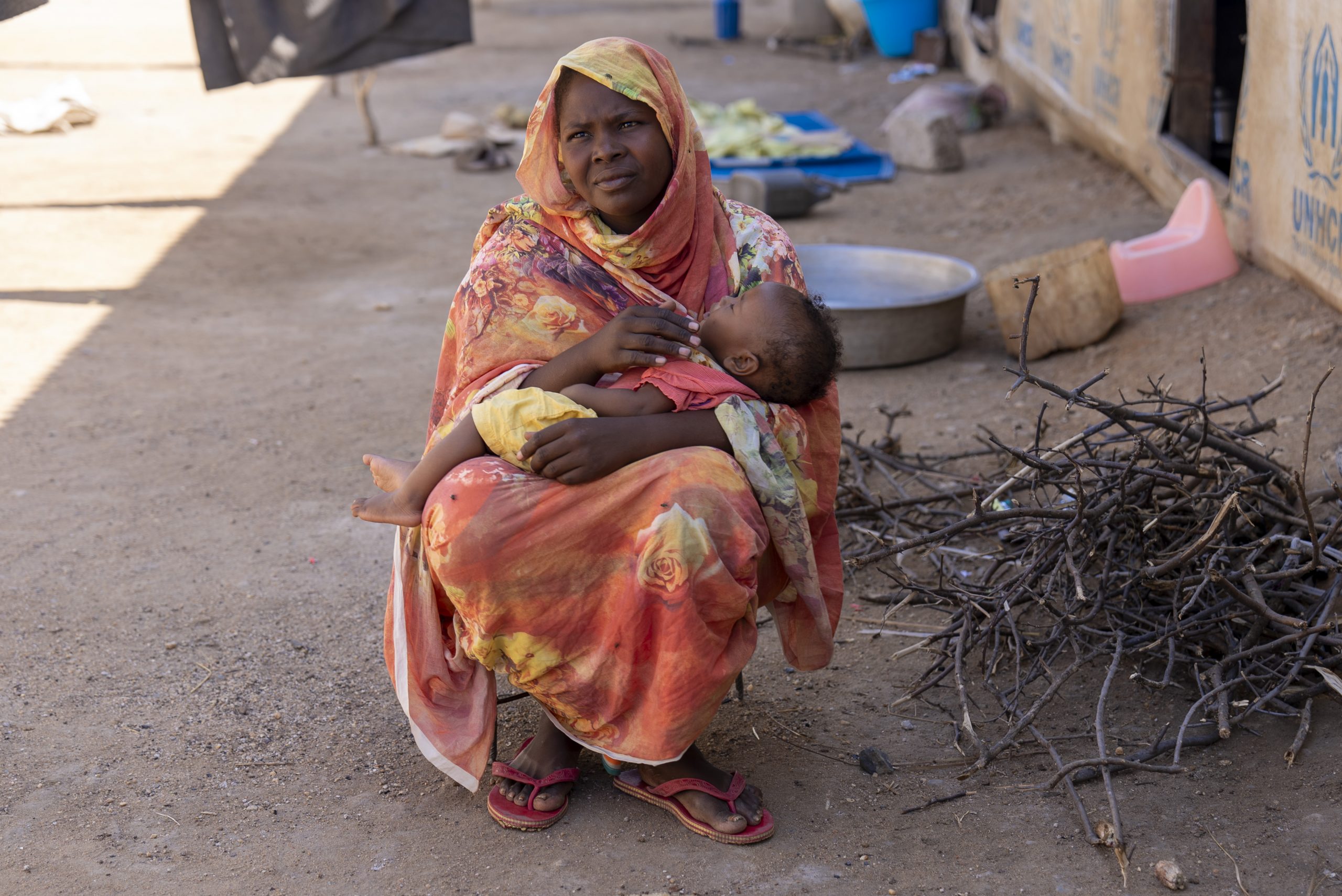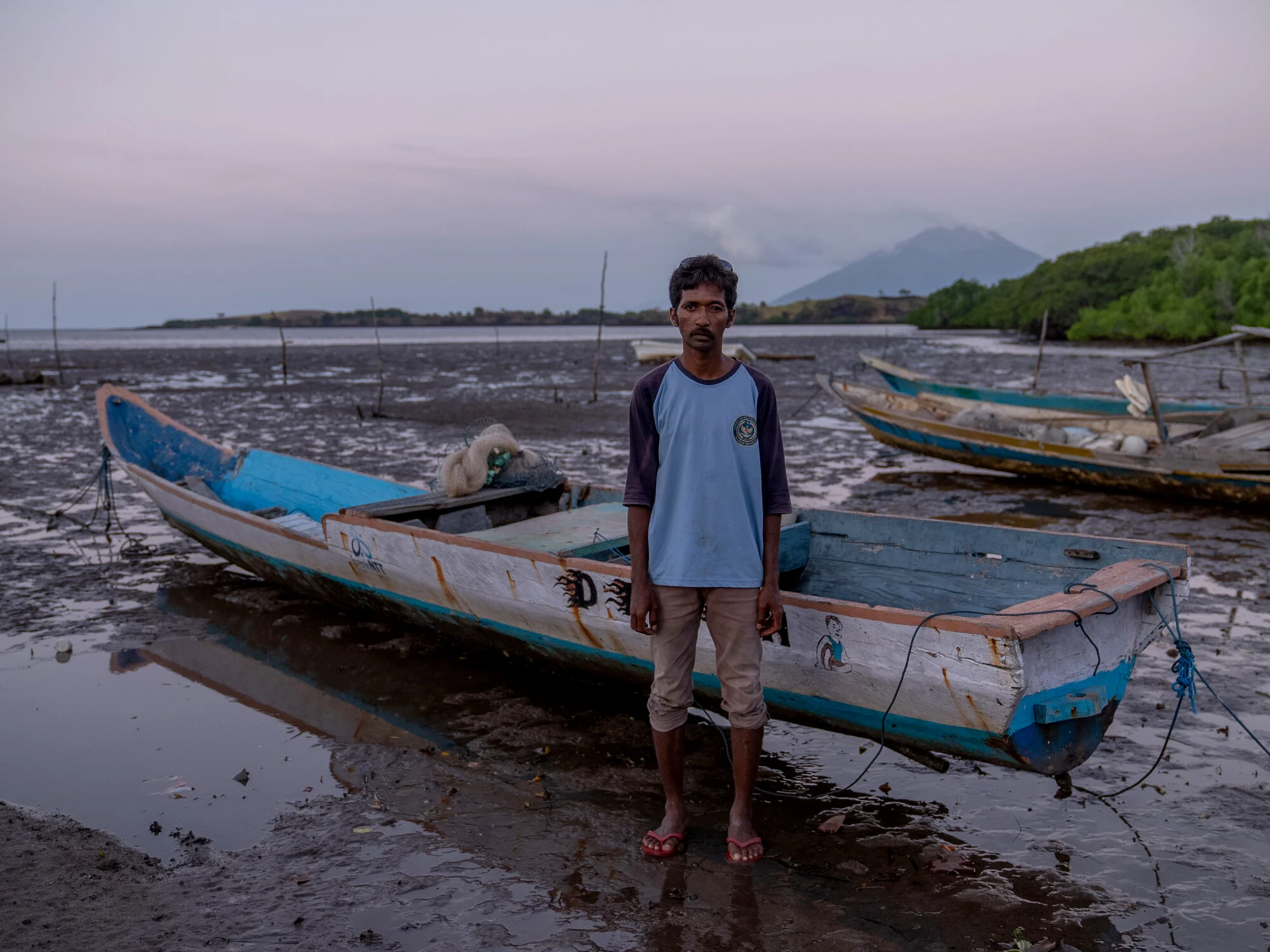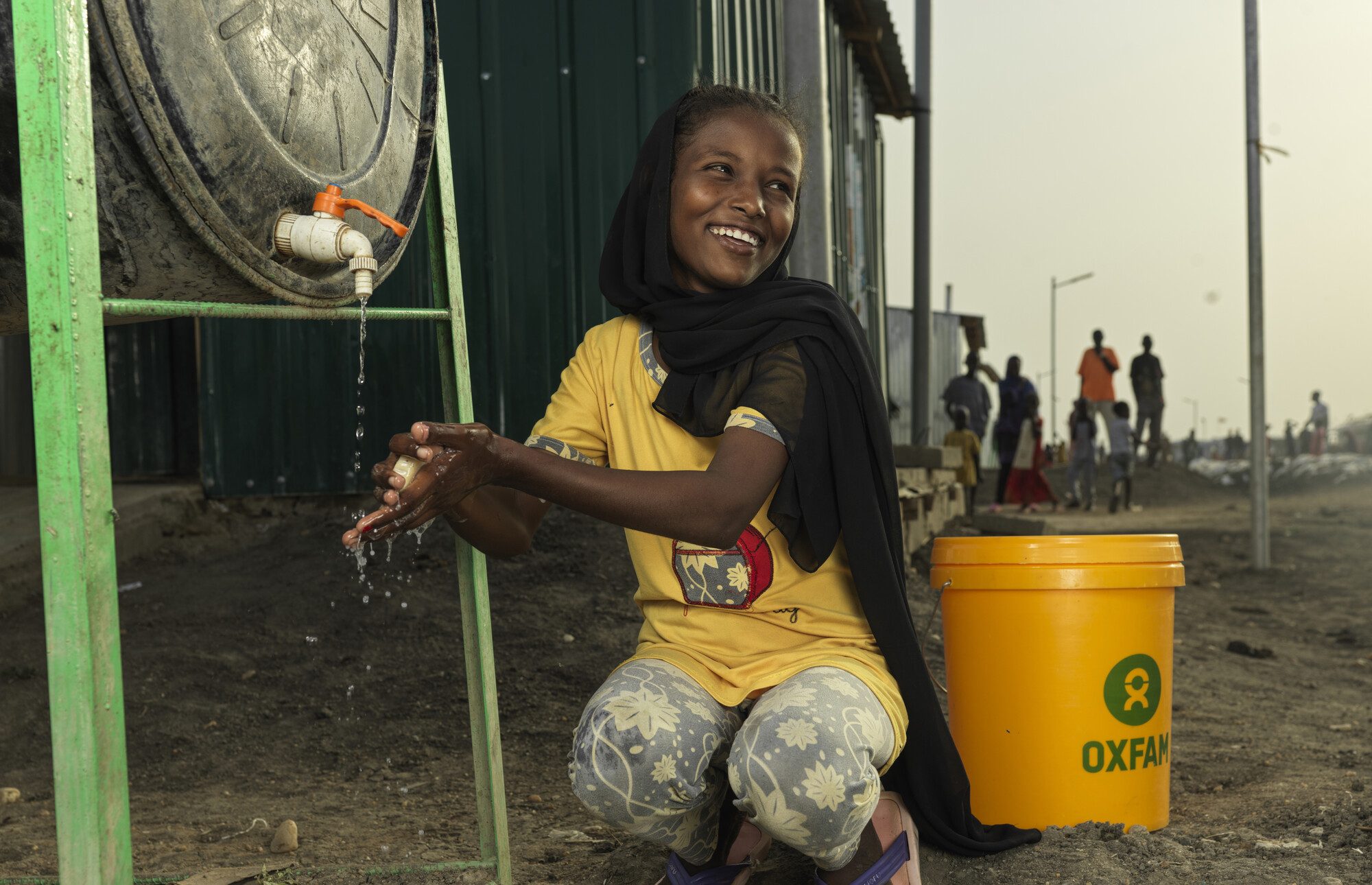Oxfam will be sending rapid emergency response teams to areas worst affected by Typhoon Haiyan after it tore through the Philippines.
There are at least 18 million people living in the worst affected regions of the Visayas, and early estimates suggest at least 4 million people are affected from the super typhoon across 36 provinces.
Initial reports from Oxfam staff indicate there is flash flooding, electricity has been cut off, and there is extensive damage to houses and buildings.
Oxfam Australia Chief Executive Dr Helen Szoke said shelter, water and sanitation would be vitally important in the immediate response from teams on the ground.
“Basic needs such as water, sanitation and emergency shelter will be the primary focus of our response,” Dr Szoke said.
Oxfam in the Philippines is experienced in responding to emergencies and has a particularly strong reputation in the area of water, sanitation, hygiene and emergency food security.
Oxfam has conducted previous responses to typhoons – the most recent being the response to Typhoon Bopha (2012-2013). Oxfam also responded to Typhoon Washi (2011) and Typhoon Ketsana (2009).
Our International crisis fund ensures that we’re able to respond quickly and efficiently when an emergency occurs around the world.


